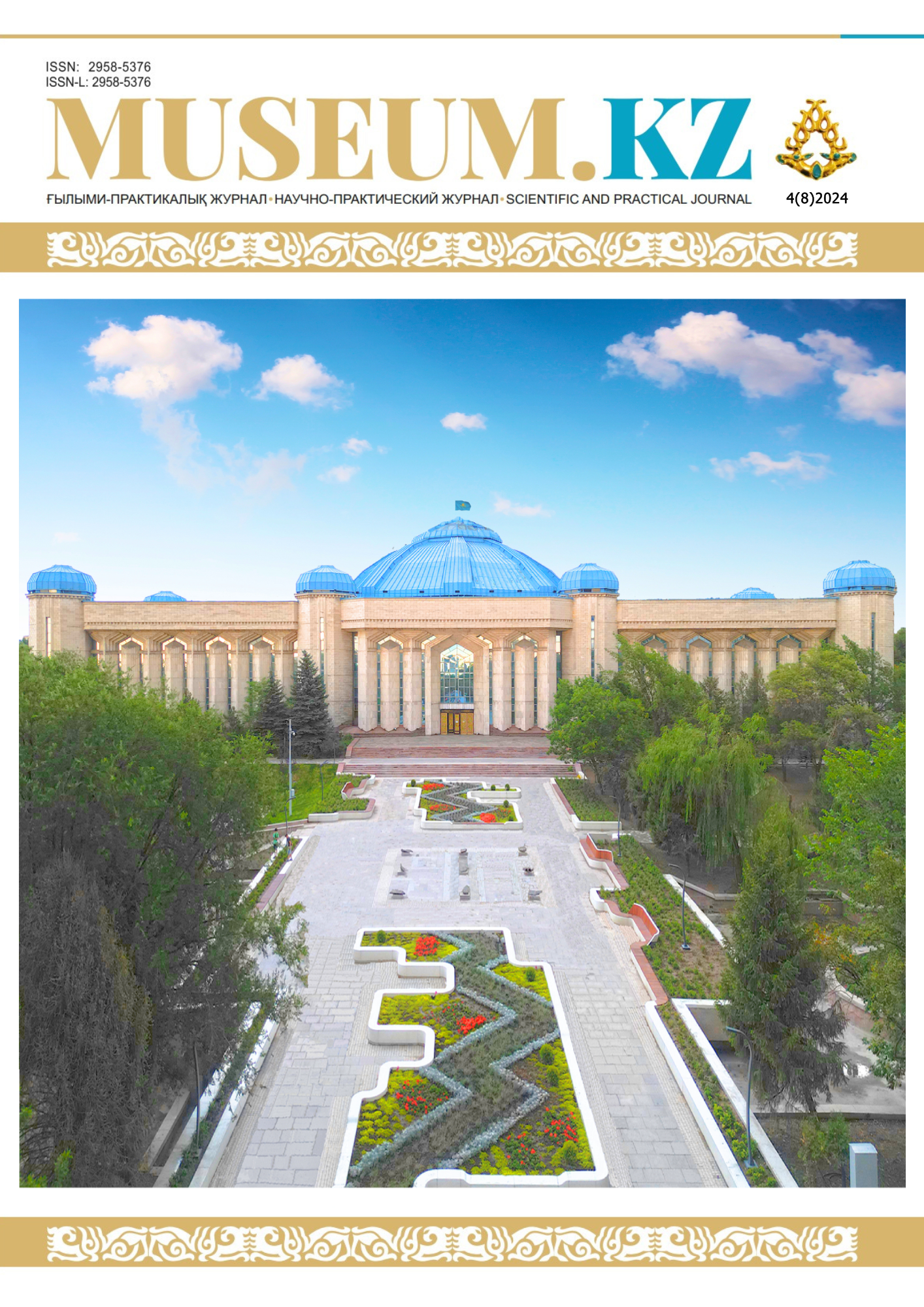THE CHALICE AND PATEN OF TOMAJMONOSTORA: SECRETS OF A MEDIEVAL ABBEY IN HUNGARY
DOI:
https://doi.org/10.59103/muzkz.2024.08.03Keywords:
medieval Benedictine abbey, pristine silver chalice, paten, abbey church, ecclesiastical figure, Cuman settlements, early Pecheneg clans, Hungarian church historyAbstract
Abstract. In summer 2024, archaeologists discovered a pristine silver chalice and paten in a disturbed grave near the sanctuary of a medieval Benedictine abbey church in Tomajmonostora, Hungary. The finds, dated to the 1230s based on archaeological context and stylistic features, represent an exceptional example of medieval Hungarian ecclesiastical art and liturgical practice. The 97% pure silver chalice combines early Romanesque and Gothic styles, while the 6cm diameter paten bears a rare Hand of God motif. The location is significant due to its connection with both early Pecheneg clans and later Cuman settlements, suggesting the set's possible role in Christian missionary work. The site's history traces back to the 11th century, with an early rotunda later replaced by a three-nave abbey church. This discovery provides unprecedented insights into medieval Hungarian goldsmithing, religious practices, and the complex relationships between local nobility, church authorities, and nomadic peoples in the region.







